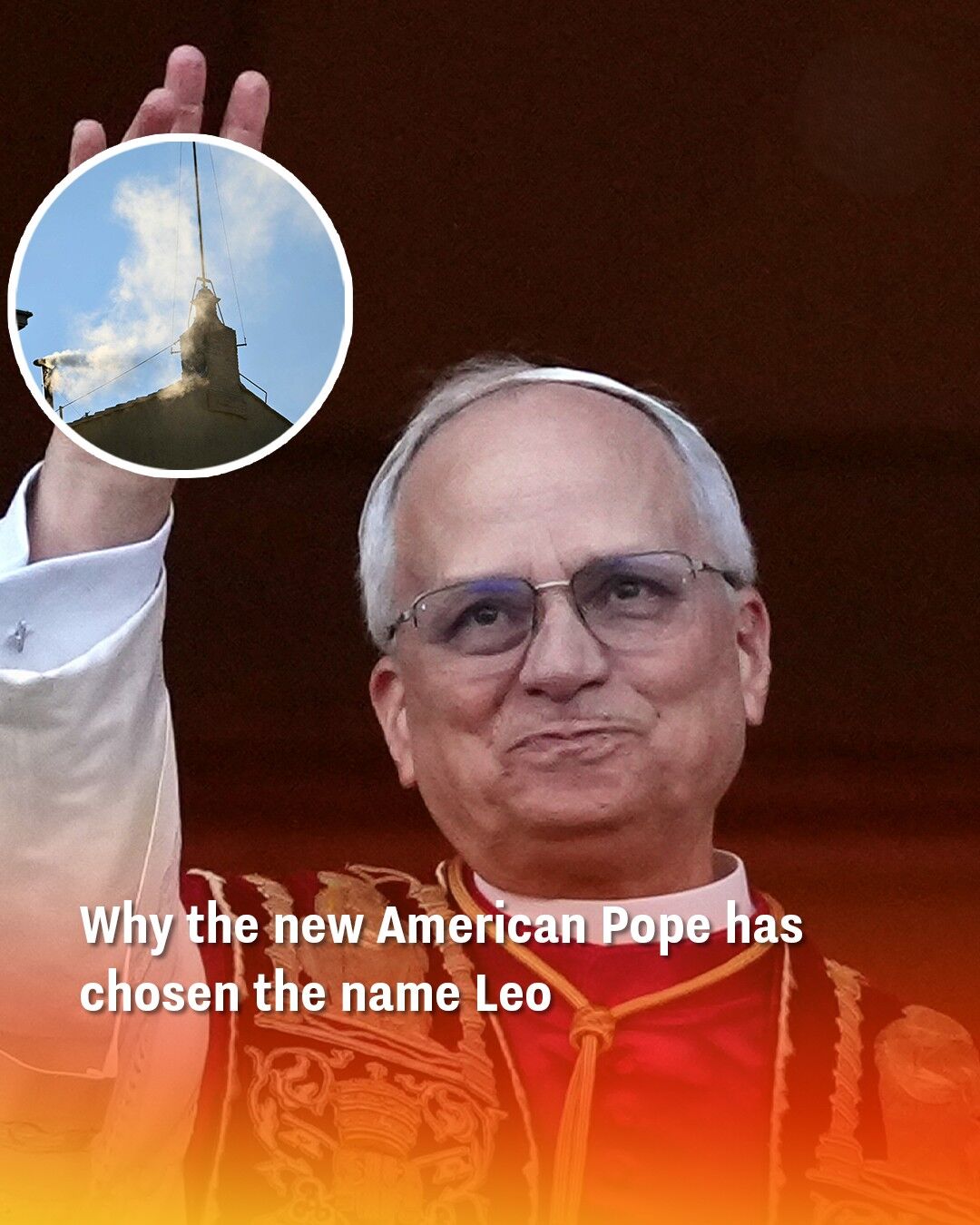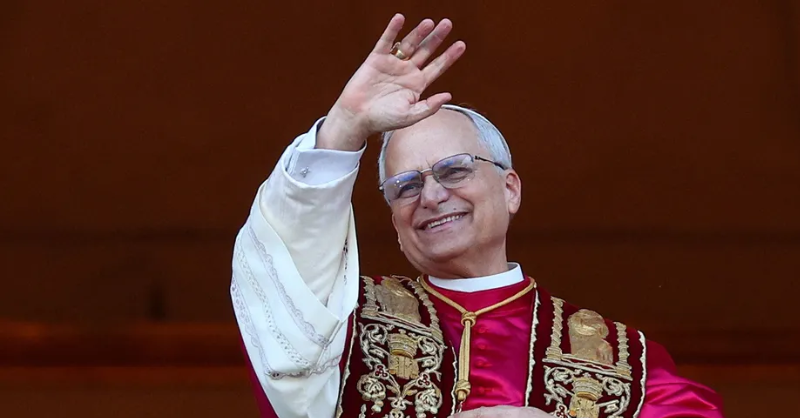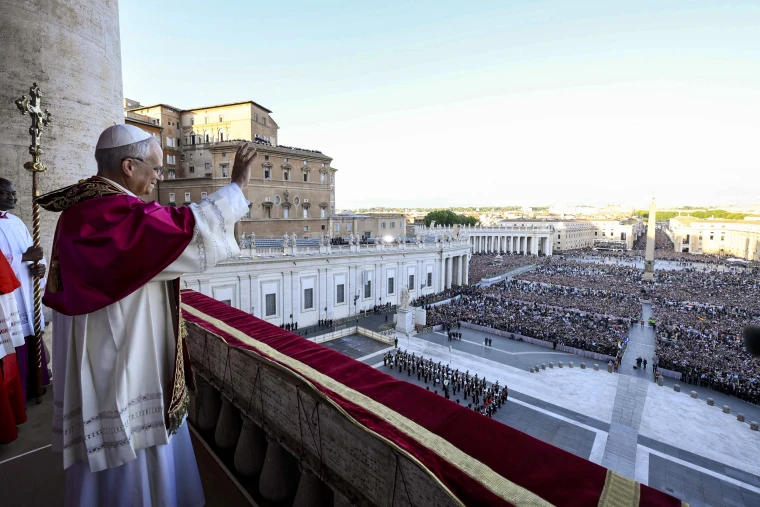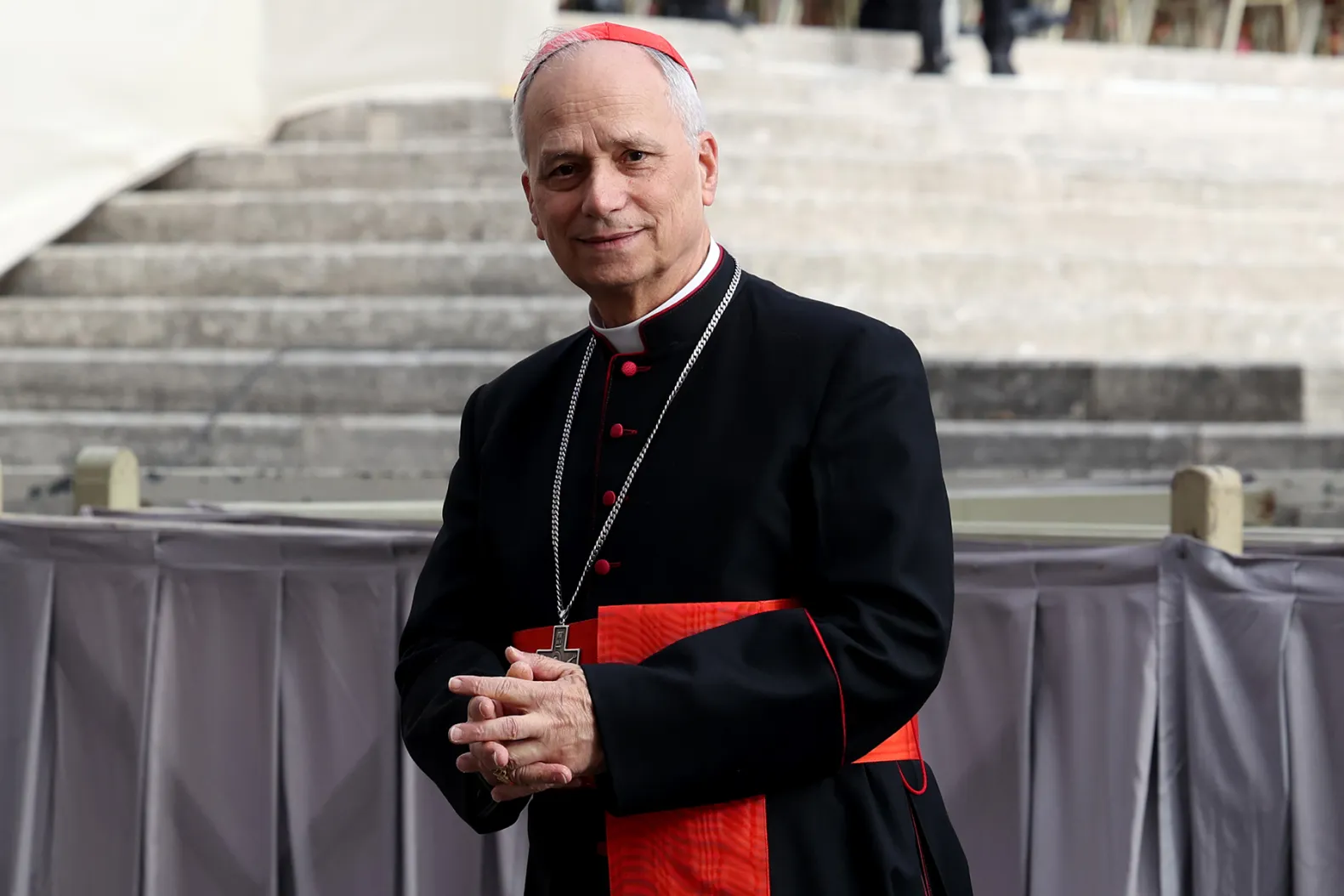
Pope Leo XIV was officially revealed as the new pontiff today, marking a historic moment as the first American ever to take on the role.
Millions of Catholics around the world witnessed the much-anticipated announcement, confirmed by the traditional white smoke rising from the Sistine Chapel. But beyond the moment itself, there’s a notable significance behind the name he’s chosen.
It took only one day for the College of Cardinals to reach a decision, casting their votes and naming the 69-year-old from Chicago, Illinois as the successor to Pope Francis and the 267th pope in the history of the Church.
Originally named Robert Francis Prevost, Pope Leo holds similar values to his predecessor, particularly in his commitment to supporting migrants and the impoverished.
Jesus Leon Angeles, who has known the new pope for eight years, described him as “a very simple” man who is always ready to lend a hand.

Ordained at just 27, Pope Leo has spent most of his life outside the US, having previously served as a missionary in Peru. He was appointed cardinal in 2023 and had mostly remained out of the public spotlight. At one point, he remarked to the Vatican’s official news site: “The bishop is not supposed to be a little prince sitting in his kingdom.”
Now, under the name Pope Leo XIV, he begins his new chapter.
If you’re wondering why popes change their names and what the name they select really means, the answer offers deeper insight into their mission and message.
Why do popes adopt a new name?
While there’s no formal rule requiring a pope to take a new name, nearly every pope for the past 500 years has done so, making it a deeply rooted tradition.
According to the Vatican, the new name represents a kind of spiritual rebirth and is typically the first decision a new pope makes upon accepting the role.

In earlier centuries, many pontiffs changed their names because their birth names had pagan origins, which was seen as inappropriate for their new spiritual position.
Not all popes have adopted a new name, though. Of the 267 popes in history, 129 have chosen to switch names.
What’s the meaning behind the name Leo?
When popes choose their name, it can be to pay homage to a former leader or to reflect the kind of papacy they hope to lead.
Some follow a familiar path by selecting a name of a past pope they admire. Others choose something entirely new to signal a fresh direction.
The name Leo ranks as the fifth most frequently used papal name.
Leo XIII, who served from 1878 to 1903, is remembered as a pioneering figure in the Church’s social justice movement. Experts believe that by choosing the name Leo, the new pope may be signaling an intent to lead with strength and clarity, especially during uncertain times.

What was Pope Francis’ original name?
Pope Francis took a slightly different path when selecting his name.
Born Jorge Mario Bergoglio in Buenos Aires, he became the first pope ever to choose the name Francis—believed to be a tribute to St. Francis of Assisi, a figure known for his advocacy of peace, poverty, and environmental stewardship.
Which names are most common among popes?
Over the centuries, the most frequently chosen papal names have been:
- John: 23 times
- Benedict: 16 times
- Gregory: 16 times
- Clement: 14 times
- Leo: 14 times
- Innocent: 13 times
- Pius: 12 times